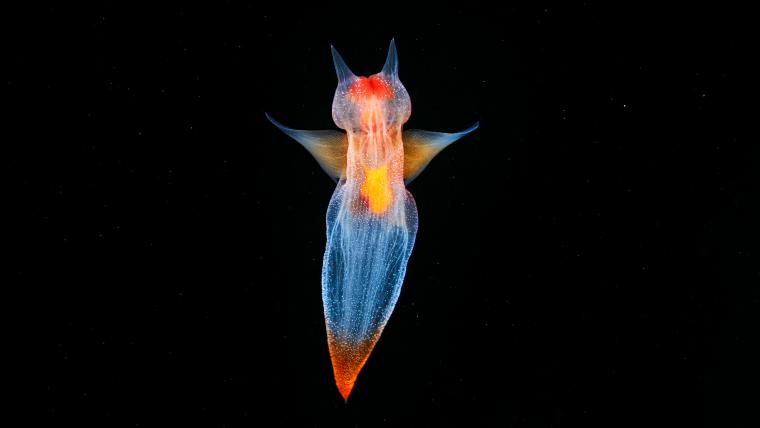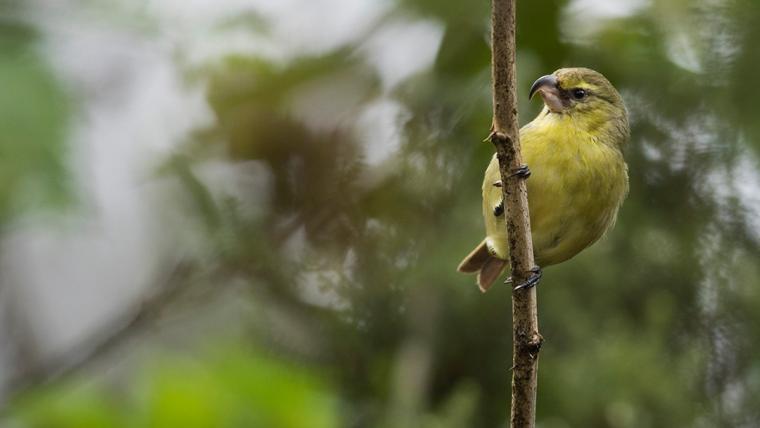
Is this heaven on earth? Discover angels dancing in the depths of the ocean
Humans have long scoured the skies for evidence of otherworldly beings. But such creatures don’t always live above us. In the depths of the ocean dance celestial sea angels. While the light rarely reaches here, it’s always illuminated by this mesmerising slug.
Sea angels are distant relatives of the common garden snail, but bear an uncanny resemblance to a divine messenger. When they start off life as larvae, they have a translucent shell to fend off predators. As they develop, these protective casings are discarded and a pair of feet form into the shape of wings. Sea angels grow to five centimetres in adulthood, and their semi-transparent bodies glow in an array of colours that reveal their internal structure. Fluttering in the freezing waters of the Arctic, Atlantic, and Pacific oceans, they light up the darkest corners on Earth.
Despite their breathtaking appearance, these creatures struggle to find a mate in such uninhabitable regions. As a result, sea angels are protandrous hermaphrodites, meaning they are both male and female during their lives. When a couple meets, they latch onto one another and perform a mating ritual that can last up to four hours. The two go their separate ways once the tango is over, but are left with a permanent scar where the fertilisation took place.
Picky eaters, these angels prey exclusively on sea butterflies. If food is scarce, they break down stored fat deposits and shrink in size, enabling them to go up to several months without eating. But when a meal comes in range, sea angels spring into action, cutting through the water at speeds of 100 millimetres per second. As some butterflies are three times their size, sea angels release tentacles that latch onto their catch and suck the creature from its shell.
But with the ocean absorbing more carbon emissions each year, rising acidity levels are causing the sea angels’ only food source to disappear. The reduction of PH in the water is particularly harmful for pteropods such as marine butterflies and juvenile sea angels, whose shells dissolve in these conditions and leave them vulnerable to threats. While these mystical creatures are concealed from our view, the actions we take today still determine their future.






























Please sign in to leave a comment